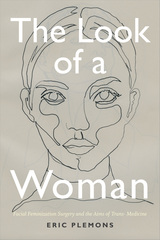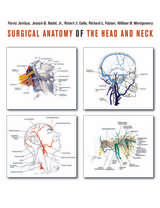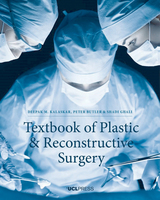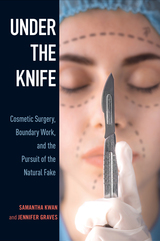


Surgical Anatomy of the Head and Neck was immediately hailed as indispensable when it was first published in 2001. In demand ever since, this classic surgical atlas—packed with more than 700 exceptional drawings, 537 of them in full color, by an internationally noted medical illustrator—is now available again, with an extensive new index, after years of being out of print.
Here is a surgeon’s-eye view of all anatomic details, from the upper thorax to the crown. Ideal for both surgery and test preparation, this volume features special boxed sections that focus on the surgical significance of each anatomical structure. Every illustration is clearly labeled with key anatomic landmarks, and a user-friendly design allows quick reference. This volume is an invaluable resource for surgeons, residents, and medical students.


Most women who elect to have cosmetic surgery want a “natural” outcome—a discrete alteration of the body that appears unaltered. Under the Knife examines this theme in light of a cultural paradox. Whereas women are encouraged to improve their appearance, there is also a stigma associated with those who do so via surgery.
Samantha Kwan and Jennifer Graves reveal how women negotiate their “unnatural”—but hopefully (in their view) natural-looking—surgically-altered bodies. Based on in-depth interviews with 46 women who underwent cosmetic surgery to enhance their appearance, the authors investigate motivations for surgery as well as women’s thoughts about looking natural after the procedures. Under the Knife dissects the psychological and physical strategies these women use to manage the expectations, challenges, and disappointments of cosmetic surgery while also addressing issues of agency and empowerment. It shows how different cultural intersections can produce varied goals and values around body improvement.
Under the Knife highlights the role of deep-seated yet contradictory gendered meanings about women’s bodies, passing, and boundary work. The authors also consider traditional notions of femininity and normalcy that trouble women’s struggle to preserve an authentic moral self.
READERS
Browse our collection.
PUBLISHERS
See BiblioVault's publisher services.
STUDENT SERVICES
Files for college accessibility offices.
UChicago Accessibility Resources
home | accessibility | search | about | contact us
BiblioVault ® 2001 - 2024
The University of Chicago Press









